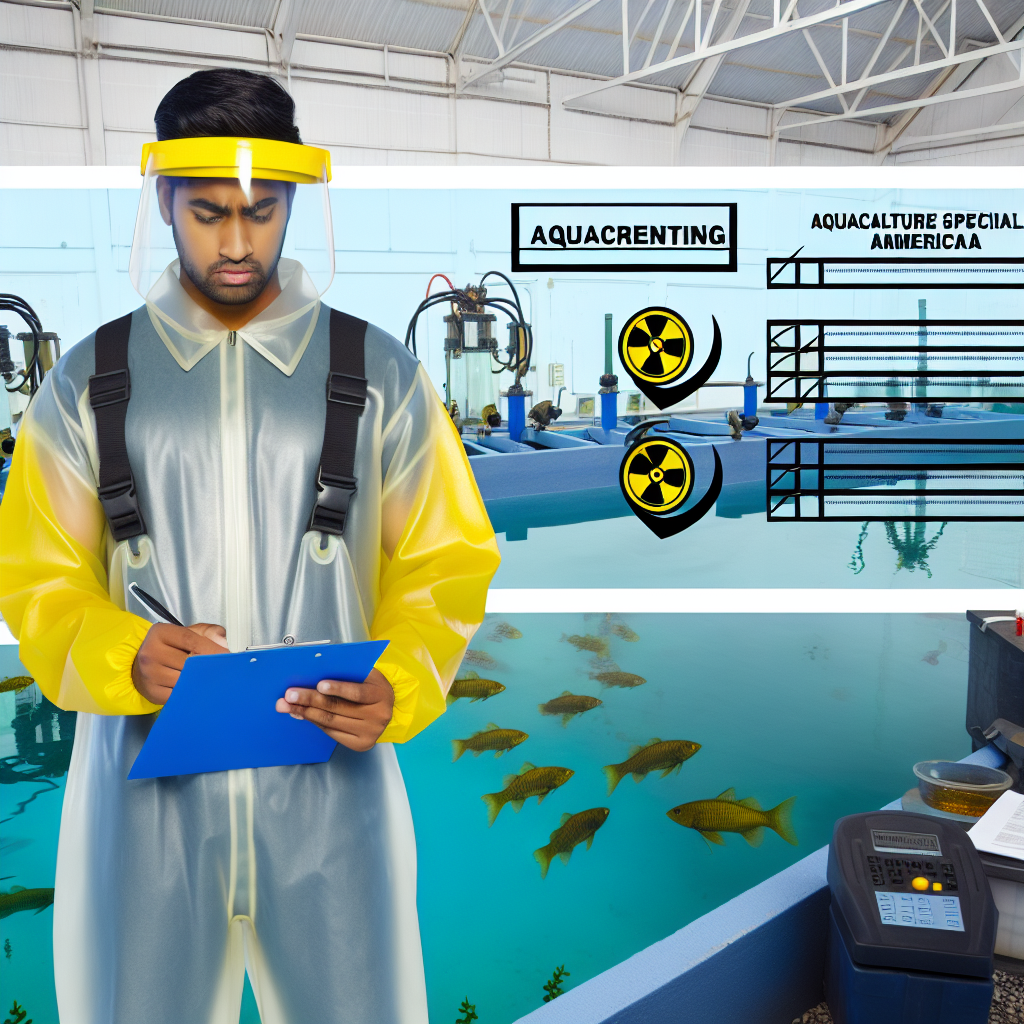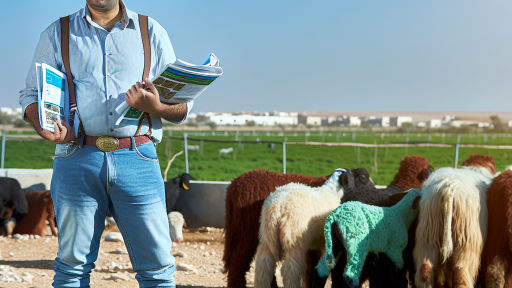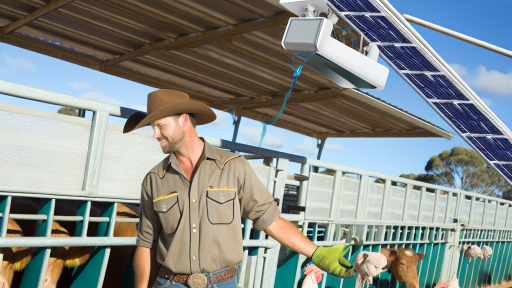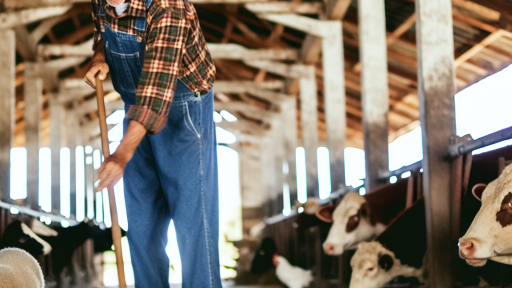Introduction to Regulatory Compliance in Aquaculture
Regulatory compliance is crucial in aquaculture management.
It ensures sustainable practices in fish and seafood production.
By adhering to regulations, aquaculture operations promote environmental protection.
Furthermore, compliance safeguards public health and food safety.
Importance of Compliance
Compliance with regulations fosters consumer trust.
It assures buyers that products meet safety and quality standards.
Additionally, regulations help mitigate risks related to foodborne illnesses.
Key Regulations in Aquaculture
Many countries implement specific regulations regarding aquaculture.
For instance, the U.S. has regulations set by the FDA.
These rules govern feed safety and antibiotic use in aquatic animals.
Moreover, environmental regulations limit the impact on local ecosystems.
Standards for Sustainable Practices
Various organizations establish standards in aquaculture.
The Global Aquaculture Alliance promotes responsible farming practices.
The Aquaculture Stewardship Council certifies sustainable seafood sources.
Compliance with these standards benefits both producers and consumers.
Transform Your Agribusiness
Unlock your farm's potential with expert advice tailored to your needs. Get actionable steps that drive real results.
Get StartedChallenges in Achieving Compliance
Many aquaculture operations face challenges with regulatory compliance.
Limited resources can hinder smaller producers from meeting standards.
Additionally, varying regulations across regions complicate compliance efforts.
Education and training are essential for effective compliance.
Overview of International Aquaculture Standards
Aquaculture standards play a crucial role in global fish farming practices.
They ensure safety, quality, and sustainability of aquaculture products.
International guidelines set benchmarks for environmental management.
These standards provide a framework for ethical aquaculture practices.
Key Organizations in Aquaculture Standards
Several organizations govern international aquaculture standards.
The Food and Agriculture Organization (FAO) leads global efforts.
Additionally, the World Wildlife Fund (WWF) promotes sustainable practices.
The Global Aquaculture Alliance (GAA) sets industry-specific guidelines.
Essential Standards and Certification Programs
Certification programs verify adherence to aquaculture standards.
One prominent example is the Best Aquaculture Practices (BAP).
BAP covers environmental responsibility and social accountability.
Another important standard is the Aquaculture Stewardship Council (ASC).
This program focuses on responsible farming practices.
Environmental Impact and Sustainability
Compliance with aquaculture standards mitigates environmental impacts.
These standards aim to reduce pollution and habitat destruction.
They promote the efficient use of resources like water and feed.
Furthermore, they encourage biodiversity preservation in aquaculture.
Economic and Social Implications
International standards enhance market access for aquaculture products.
They provide consumers with safety reassurance regarding food quality.
Moreover, they support fair trade and ethical labor practices.
Showcase Your Farming Business
Publish your professional farming services profile on our blog for a one-time fee of $200 and reach a dedicated audience of farmers and agribusiness owners.
Publish Your ProfileUltimately, these standards contribute to the economic growth of communities involved in aquaculture.
Key Regulatory Bodies Influencing Aquaculture Practices
Global Regulatory Framework
Several international organizations shape aquaculture regulations worldwide.
The Food and Agriculture Organization (FAO) sets guidelines for sustainable practices.
Likewise, the World Organisation for Animal Health (OIE) addresses animal health standards.
These bodies promote responsible aquaculture to mitigate environmental impacts.
Regional Regulatory Entities
Different regions have specific regulatory authorities overseeing aquaculture operations.
The European Union (EU) enforces regulations to ensure food safety and environmental protection.
In the United States, the National Oceanic and Atmospheric Administration (NOAA) plays a vital role.
The NOAA emphasizes sustainable fisheries and aquaculture practices.
National Regulatory Frameworks
Each country establishes its own regulations tailored to local conditions.
For example, in Canada, the Department of Fisheries and Oceans (DFO) manages aquaculture regulations.
In Australia, the Australian Fisheries Management Authority (AFMA) oversees aquaculture licenses and practices.
These agencies monitor compliance with environmental and food safety standards.
Industry Collaboration and Standardization
Industry organizations collaborate with regulatory bodies to develop best practices.
The Global Aquaculture Alliance (GAA) promotes responsible aquaculture solutions.
Certifications like Best Aquaculture Practices (BAP) enhance market access for producers.
Such collaborations ensure aquaculture practices align with consumer expectations.
Emerging Trends in Regulation
Regulatory frameworks are evolving to address new challenges in aquaculture.
Climate change impacts are leading to stricter environmental regulations.
Technological advancements necessitate updates to existing regulatory practices.
Moreover, consumer demand for transparency drives regulatory changes in labeling.
Uncover the Details: Choosing the Right Exotic Livestock for Your Farm
Importance of Compliance for Sustainable Aquaculture Management
Defining Regulatory Compliance
Regulatory compliance refers to adhering to laws and guidelines relevant to aquaculture practices.
These regulations ensure sustainability and protect aquatic ecosystems.
Compliance varies by country, addressing local environmental needs.
Promoting Sustainable Practices
Compliance fosters responsible farming techniques.
It helps minimize negative impacts on aquatic life and habitats.
Moreover, it encourages the use of eco-friendly medications and feed.
Consequently, sustainable aquaculture relies heavily on these principles.
Ensuring Product Safety
Regulations oversee quality control measures in aquaculture production.
These measures ensure that seafood is safe for consumption.
Regular inspections help maintain hygiene standards and sanitation.
Thus, consumers trust products that meet these regulatory standards.
Enhancing Market Access
Compliance with international standards opens new market opportunities.
Many regions require certification for imported seafood.
Certifications demonstrate commitment to quality and sustainability.
Consequently, compliant businesses gain a competitive edge.
Building Stakeholder Trust
Adhering to regulations builds trust among stakeholders.
Farmers, suppliers, and consumers value transparency in aquaculture operations.
Furthermore, effective compliance demonstrates accountability.
Showcase Your Farming Business
Publish your professional farming services profile on our blog for a one-time fee of $200 and reach a dedicated audience of farmers and agribusiness owners.
Publish Your ProfileAs a result, stakeholders are more likely to support compliant businesses.
Encouraging Innovation and Best Practices
Compliance often drives innovation in aquaculture technology.
New practices emerge to meet stringent regulatory requirements.
For instance, advanced water quality monitoring systems improve compliance.
These innovations benefit both producers and the environment.
Find Out More: Building Durable Livestock Housing Structures
Common Regulatory Challenges Faced by Aquaculture Farms
Overview of Regulatory Environment
The regulatory environment for aquaculture is complex and varied.
Different regions impose unique regulations on farming practices.
Compliance with these regulations ensures the safety of products.
Additionally, adherence to regulations protects the environment.
Challenges in Compliance
Aquaculture farms often face significant compliance challenges.
Understanding local, national, and international regulations is crucial.
Moreover, farms must navigate the dynamic nature of these laws.
As a result, staying updated on changes is essential.
Financial Strain from Regulatory Requirements
Meeting regulatory requirements can impose financial strain on farms.
Farms often need to invest in compliant technology and practices.
Consequently, these expenses can reduce profit margins.
In many cases, small farms struggle to meet these financial demands.
Quality Control and Monitoring
Regulatory bodies require strict quality control measures.
All products must meet defined health and safety standards.
This monitoring can be resource-intensive and time-consuming.
Furthermore, farms must document processes thoroughly for inspections.
Environmental Regulations
Environmental regulations aim to protect aquatic ecosystems.
Aquaculture practices can significantly affect local biodiversity.
Therefore, farms must adhere to guidelines preventing environmental damage.
Ignoring these regulations can lead to severe penalties and fines.
International Trade Regulations
For farms looking to export, international trade regulations add complexity.
Each country has distinct import/export requirements.
Compliance with these standards is vital for market access.
Moreover, failure to comply can result in losing export licenses.
Training and Education Needs
Staff training is essential to navigate regulatory challenges effectively.
Workers must understand health, safety, and environmental regulations.
Appropriate training reduces risks associated with non-compliance.
Additionally, ongoing education helps staff stay informed about changes.
Learn More: Sheep Shearing Best Practices for Farmers

Case Studies on Successful Compliance in Aquaculture
Introduction to Compliance in Aquaculture
Regulatory compliance is essential in the aquaculture industry.
It ensures sustainable practices and protects aquatic ecosystems.
Moreover, compliance fosters consumer trust in aquaculture products.
Case Study: Coastal Fish Farms
Coastal Fish Farms faced challenges regarding environmental regulations.
They implemented a comprehensive compliance program.
Showcase Your Farming Business
Publish your professional farming services profile on our blog for a one-time fee of $200 and reach a dedicated audience of farmers and agribusiness owners.
Publish Your ProfileThis program focused on water quality monitoring and waste management.
As a result, they significantly reduced their environmental footprint.
Compliance efforts enhanced their reputation in the market.
Case Study: Freshwater Aquatics Ltd.
Freshwater Aquatics Ltd. specializes in sustainable fish farming.
They adopted rigorous biosecurity measures to prevent disease outbreaks.
The company complied with international health standards effectively.
Such practices led to healthier fish populations and increased yields.
Consequently, they became a leading supplier in their region.
Case Study: Oceanic Seafood Co.
Oceanic Seafood Co. focused on traceability and transparency.
They implemented systems to track their fish from pond to plate.
This initiative adhered to both local and international regulations.
By doing so, they gained consumer confidence and loyalty.
Moreover, they positioned themselves as a market leader.
Effective Compliance Strategies in Aquaculture
These case studies highlight effective compliance strategies in aquaculture.
Successful companies prioritize environmental sustainability and health standards.
Furthermore, they embrace transparency to build consumer trust.
Ultimately, regulatory compliance drives growth and sustainability in the industry.
Learn More: Scaling Your Fish Farm: From Small Start to Large Operation
Technological Innovations Supporting Regulatory Compliance
Data Management Systems
Innovative data management systems enhance traceability in aquaculture.
These systems track fish health and environmental conditions effectively.
Furthermore, they streamline compliance with local and international regulations.
For example, FishTrack Pro provides real-time monitoring and reporting features.
Automated Feeding Solutions
Automated feeding solutions significantly reduce waste in aquaculture operations.
This technology ensures fish receive optimal nutrition based on data-driven analysis.
As a result, it helps meet health standards and supports sustainable practices.
Companies like AquaFeeder are leading the way in automated feeding technologies.
Water Quality Monitoring Tools
Advanced water quality monitoring tools play a vital role in aquaculture compliance.
These tools monitor parameters like pH, oxygen levels, and contaminants.
Regular monitoring aids in maintaining the health of aquatic species.
Tech companies, such as AquaTech Solutions, offer comprehensive monitoring systems.
Blockchain for Transparency
Blockchain technology introduces transparency to the aquaculture supply chain.
This innovation helps track product origins and production practices.
Consumers increasingly demand information about sustainability and safety.
For instance, FishChain enables stakeholders to access real-time data securely.
Machine Learning for Compliance Insights
Machine learning algorithms analyze compliance data for actionable insights.
They identify patterns that help predict risks and compliance failures.
This predictive capability allows for proactive management and resolution.
Companies can optimize their operations based on the insights provided by these technologies.
Future Trends in Aquaculture Regulations and Standards
Emerging Regulations Driven by Sustainability
Governments recognize the importance of sustainable aquaculture practices.
They are focusing on regulatory frameworks emphasizing environmental protection.
Showcase Your Farming Business
Publish your professional farming services profile on our blog for a one-time fee of $200 and reach a dedicated audience of farmers and agribusiness owners.
Publish Your ProfileFurthermore, these frameworks aim to promote responsible fish farming techniques.
Additionally, international bodies are developing unified sustainability standards.
Stakeholders are eager to adopt practices that enhance ecological balance.
Technological Innovations and Their Impact
Innovations in technology significantly influence aquaculture regulations.
Use of automation simplifies monitoring compliance with established standards.
Artificial intelligence helps optimize resource management in aquaculture systems.
Moreover, blockchain technologies enhance transparency in supply chains.
Entities are rapidly adopting these technologies to ensure traceability.
Biosecurity Measures and Disease Management
The increasing awareness of biosecurity is shaping regulatory approaches.
New standards focus on preventing disease outbreaks in aquaculture settings.
For example, strict protocols are being implemented for disease monitoring.
Additionally, regular inspections are crucial to ensure adherence to biosecurity measures.
These strategies aim to protect not only farmed species but also wild populations.
Consumer Awareness and Demand for Transparency
Consumers are increasingly concerned about the origins of their seafood.
This pressure leads to stricter regulations on labeling and sourcing.
Brands are responding by ensuring transparency in their supply chains.
Traceable sourcing becomes a competitive advantage in the market.
As a result, consumers ensure they support sustainable practices through their choices.
Global Collaboration for Consistency
International cooperation among countries is crucial for effective regulation.
Shared standards create a level playing field for aquaculture producers.
Collaborative efforts help to address transboundary issues like pollution.
Moreover, exchanging knowledge enhances the overall sector’s sustainability.
Global forums foster dialogue and innovation among industry stakeholders.
Additional Resources
Laws and Regulations that Apply to Your Agricultural Operation by …




